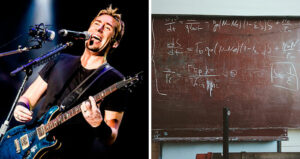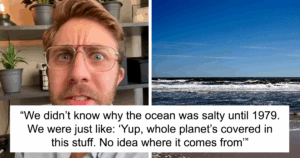“Unlocking the Secrets of the Moon: The Ingenious Strategies That Made NASA’s Historic Landing Possible”
Even before Apollo 11 touched down on the moon, a division of NASA known as the Apollo Applications Program or AAP was formed to find future scientific uses for Apollo hardware. This included long-duration missions on the lunar surface, and for this purpose a number of advanced versions of the Lunar Module were devised. For example, the Apollo LM Taxi was a standard LM fitted with hydrogen fuel cells and extra oxygen and hydrogen tanks to allow astronauts to remain on the moon for up to 14 days. Meanwhile, the Apollo LM Shelter was a small “moon base” comprising a standard LM with its ascent stage engine and propellant tanks removed and replaced with more consumables storage. Together with the LM Taxi, the LM Shelter would allow astronauts to extend their stay up to three months – or even longer with the help of the Apollo LM Truck, an unmanned, remotely-guided LM designed to deliver food, oxygen, and other supplies to the lunar surface. However, changing politics, flagging public interest in space exploration, and severe budget cuts led to nearly all the proposed Apollo Applications Projects missions being cancelled in 1968. The only one to make it off the drawing board was Skylab, an earth-orbiting space station constructed from a modified Saturn V SIVB rocket stage. Launched into orbit on May 14, 1973, Skylab was visited by three three-man crews between May 25, 1973 and February 8, 1974 before being deorbited and burning up in the atmosphere on July 11, 1979. The Skylab program marked the last operational use of a Grumman Lunar Module, the descent stage of which formed the base of the Apollo Telescope Mount solar observatory. In total, 15 Lunar Modules were manufactured and 10 operationally flown, with the remaining 5 either being used for ground testing or intended for the cancelled Apollo 18-20 missions. Today, three original production vehicles are on display at the National Air & Space Museum in Washington, D.C.; the Cradle of Aviation Museum in Long Island, New York; and the Kennedy Space Centre in Florida. Various test articles are also on display in other museums.










